Machu Picchu & The Sacred Valley
The Sacred Valley
The Sacred Valley starts about 30 Km from Cusco, and runs between Pisaq and Ollantaytambo. It is the rich cultural gateway to the UNESCO World Heritage Site of Machu Picchu. The Sacred Valley of the Incas follows the Urubamba River and embraces the spiritual heartland of the Inca empire. Known as the Wilkamayu River in Quechua, it was regarded as the terrestrial reflection of the Milky Way in the indigenous cosmological vision.
The Sacred Valley was the personal holding of the Inca nobility and, was not assigned to any of the four provinces of the Inca Empire of Tawantinsuyo. Today it is one of the most important maize producing areas in the region.
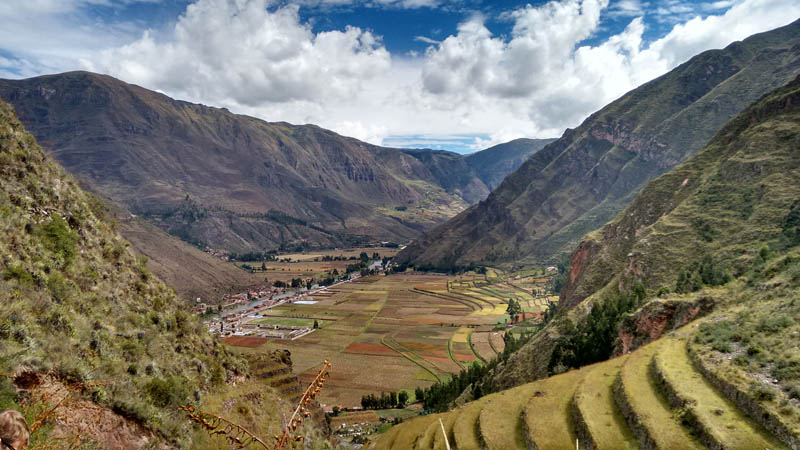
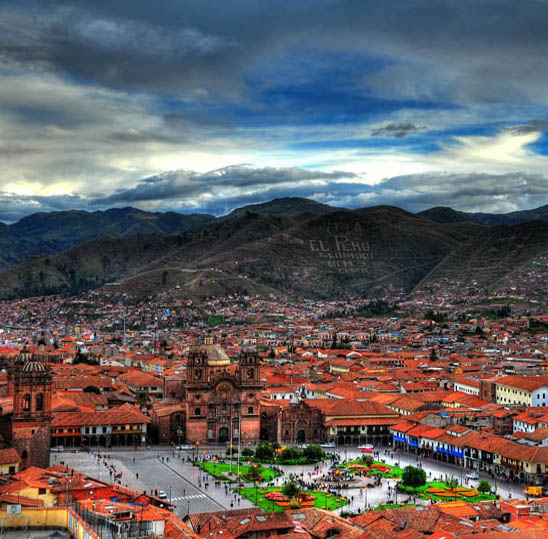
Cusco
One may spend a pleasant day wandering the network of streets and alleys in the downtown area, marvelling at the sophisticated Inca stonework; visit some of the many museums, or the Qoricancha – the Inca Temple of the Sun. Shop for unique Andean alpaca textiles in five-star boutiques, or haggle in the handicraft markets, sample traditional street-food or indulge in world-renown Peruvian cuisine. With the presence of the airport, rail links to Machu Picchu and Puno, and national bus service terminal, Cusco is the main transport hub for the area.
Pisaq
Pisaq (2970m) 32 Km from Cusco, is where the Sacred Valley begins. The pueblo of Pisaq is a colonial era town renown for it’s colourful handicrafts market, friendly hostels and cafes, and tranquil Andean atmosphere.
Towering above the town site is the buttress of Apu Intihuatana; the terraces and topography of the mountain forming the shape of a condor – the ‘messenger of the sun’ in the Andean cosmological vision, ‘guardian of the dead’, and responsible for carrying the spirits of the ancestors to the realm beyond – it is the location of the largest Inca burial-ground in the historical empire.
The archeological site is a couple of hours hike above the town (or a short taxi ride); perched on the saddle of this knife-ridged mountain with spectacular views of the surrounding valleys and mountain-landscape. The quality of the stonework here is said to equal that of the far more extensive Machu Picchu. It is estimated that the terracing around Pisaq occupies 65 hectares. The Inca of the day would distribute small packages of seeds from Pisaq as highly-esteemed gifts to his chieftains around the empire.
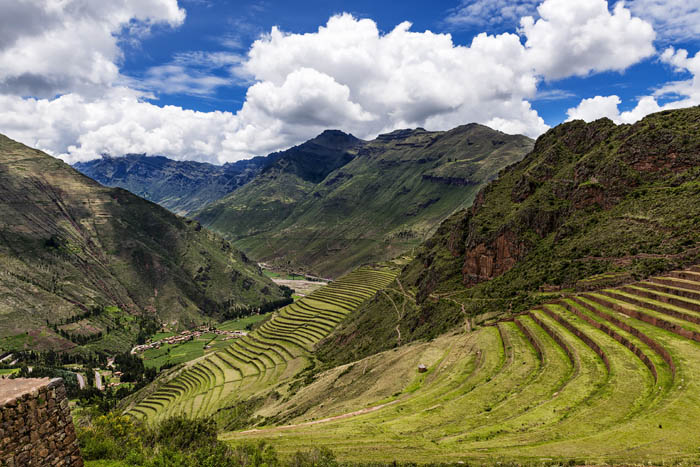
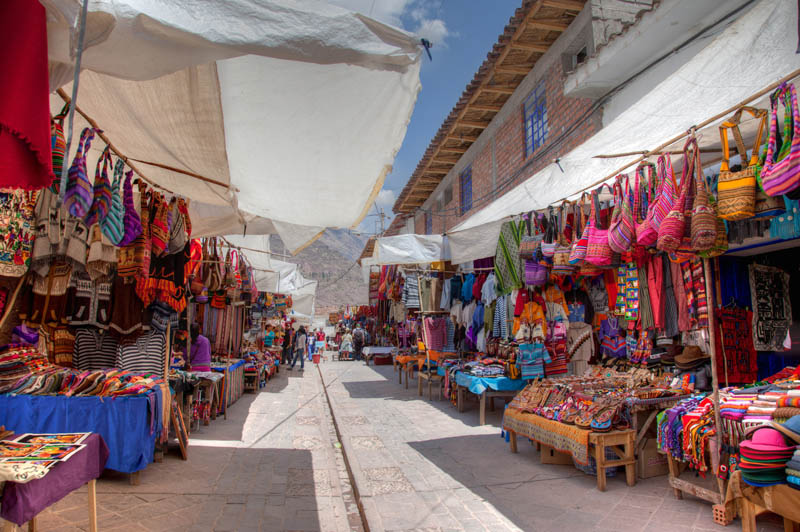
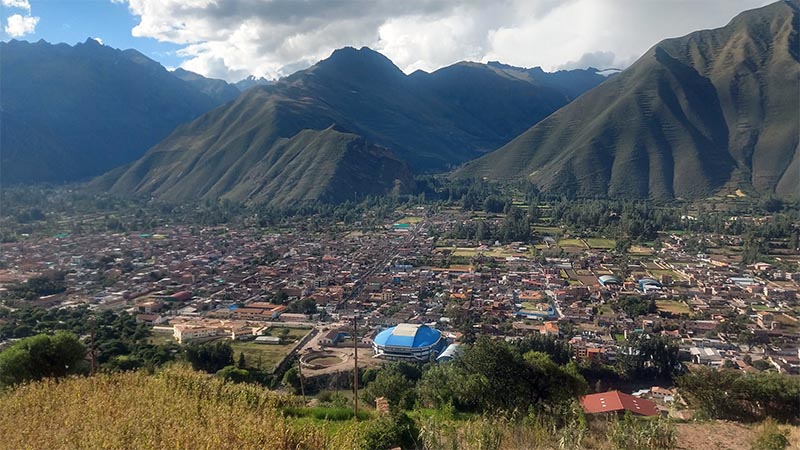
Heading west out of Pisaq, and down The Sacred Valley towards Machu Picchu, the vista unfolds through a series of traditional Andean towns, with smaller villages perched on the slopes of the surrounding mountainsides. A beautiful mosaic of colourful soils and agricultural fields, revered snow-capped peaks towering in the background.
After Q’oya is Lamay from where a steep zig-zag trail ascends the mountain and weaves through the precipitous cliffs to the infrequently visited, ruins of Huchuy Q’osqo. Calca is nestled beneath the twin snow-capped peaks of Pitusiray and Sahuasiray – the presiding mountain-deities, or Apu’s, of this section of the valley. From Calca a side-road leads over the mountain to the hot springs at Lares (130 Km from Cusco). Continuing along the Sacred Valley one passes the ruins of Urcos, and the sleepy villages of Harin, Huaran and Huayocari, to Yucay – site of an Inca palace – before arriving at the largest settlement in the valley, Urubamba.
Urubamba is a good base from which to explore the surrounding sites of Moray and Maras. At Moray the Inca terraced natural circular depressions in the landscape to create an important agricultural-research complex. At Maras the Salinas, a natural saline-spring is channeled into hundreds of terraced evaporative pools, this is where the internationally renown ‘pink salt’ is produced and continues to be managed by the hereditary families of the area.
Ollantaytambo
From Urubamba we continue down the valley past Yanahuara to Ollantaytambo (2850m) 77 Kmfrom Cusco, which marks the end of the Sacred Valley readily accessible by paved road. A fascinating town of Pre-Colombian architectural style and layout. It was an important military, religious, administrative and agricultural centre, and one of the finest archeological centres in Peru.
Ollantaytambo is also the gateway to the Machu Picchu Sanctuary; either via the train – a particularly beautiful train ride takes one down the steep climatic-gradient of the valley, descending from high Andean pastureland into the upper margin of the Amazonian Rainforest; or one can drive over the mountain to Santa Maria and Santa Teresa, experience the beautiful hot springs, and enter Machu Picchu via the ‘backdoor’ route.
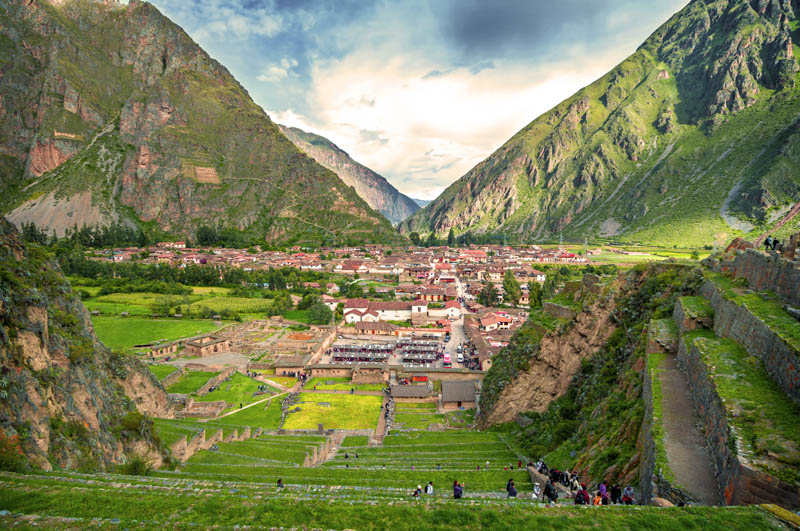
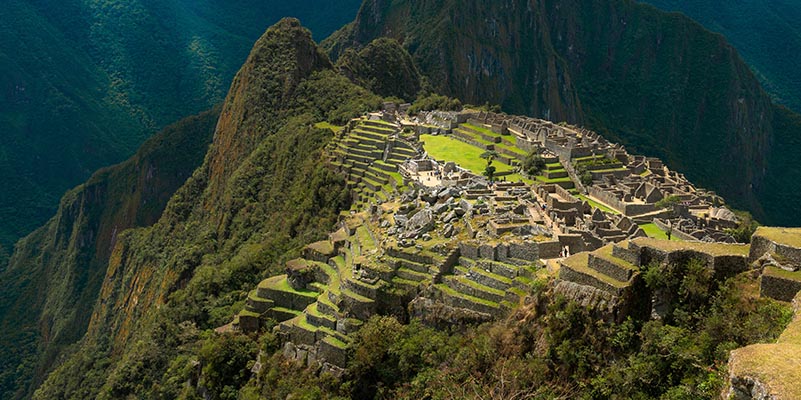
Machu Picchu
Machu Picchu (2430m)112 Km from Cusco; a three-hour train ride from Cusco, or an hour-and-a-half if boarding at Ollantaytambo.
Machu Picchu is referred to as the fabled ‘crystal city’ – the bedrock being comprised of about 70% quartz. A thousand meters lower in elevation than Cusco, in the ‘eyebrow of the jungle’ Machu Picchu occupies a stunning location atop a mountain plateau, virtually surrounded by an Omega-shaped curve in the sacred Wilkamayu River. The finest architectural expression of Inca art and their cosmological vision in Peru; different sectors of the complex represent a puma, and a lizard, which when viewed together represent the shape of a condor – a most mysterious and exquisite jig-saw puzzle. In Quechua, Machu Picchu means old mountain or ‘old bird’ – the divine guardian spirit of peace amongst men
